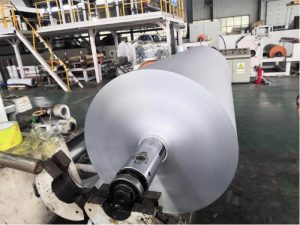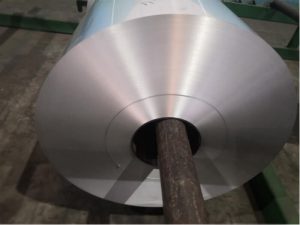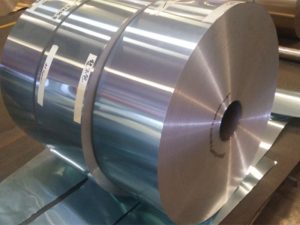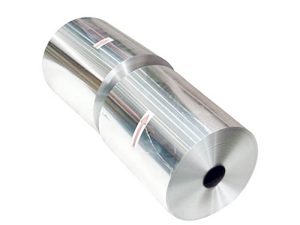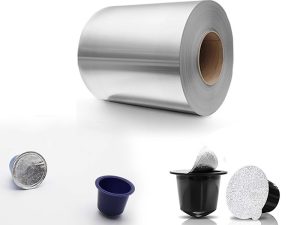Introduction
1100 Aluminum Foil, a product of the 1xxx series aluminum alloys, is renowned for its exceptional purity, formability, and thermal conductivity. As a leading manufacturer and wholesaler, HuaSheng Aluminum is proud to present our comprehensive guide to this versatile material. This webpage is designed to provide in-depth insights into the composition, characteristics, specifications, applications, production process, and best practices for handling and storing 1100 Aluminum Foil.

1100 Aluminum Foil Composition and Characteristics
Alloy Composition
- Aluminum (Al): 99.00% minimum, ensuring high purity and commercial-grade quality.
- Impurities: Minimal, contributing to the alloy’s exceptional performance.
Key Characteristics
| Attribute |
Description |
| Corrosion Resistance |
Excellent, suitable for various environments. |
| Thermal Conductivity |
High, making it ideal for heat-related applications. |
| Formability |
Superior, allowing easy shaping into different configurations. |
| Electrical Conductivity |
Impressive, ideal for applications in the electrical industry. |
| Non-Toxicity |
Safe for food and pharmaceutical packaging due to non-toxic nature. |
| Strength |
Not heat treatable, but offers adequate strength for many applications without additional treatment. |
1100 Aluminum Foil Advantages
| Advantage |
Explanation |
| Versatility |
Wide range of applications from packaging to electronics. |
| Durability |
High resistance to corrosion ensures a longer lifespan in diverse settings. |
| Safety |
Non-toxic properties make it safe for direct food contact and pharmaceutical use. |
| Energy Efficiency |
High thermal conductivity aids in energy conservation, particularly in heat exchange systems. |
| Aesthetic Appeal |
Available in bright or matte finishes, suitable for decorative purposes. |
1100 Aluminum Foil Specifications
| Specification |
Details |
| Alloy Type |
1100, belonging to the 1xxx series of aluminum alloys. |
| Aluminum Content |
Minimum 99%, providing high purity. |
| Temper |
O (Annealed), offering optimal formability and ductility. |
| Thickness |
Typically ranges from 0.006mm to 0.2mm, customizable based on application requirements. |
| Width |
Customizable, accommodating various uses and machinery. |
| Surface Finish |
Bright or Matte, depending on the application’s aesthetic and functional needs. |
| Coil ID |
75mm, 150mm, 300mm, or as per customer’s requirements. |
| Coil OD |
Up to 650mm (standard), with larger diameters available upon request. |
| Tolerances |
Thickness ± 5%, Length ± 5″, Width and Length ± 1/16″. |
| Tempering |
HO, H22, H24, H18, etc., depending on the desired mechanical properties and end-use requirements. |
Performance Characteristics of 1100 Aluminum Foil
| Performance Aspect |
Description |
| Corrosion Resistance |
Offers excellent resistance, enhancing durability in various environments. |
| Electrical Conductivity |
High, making it suitable for electrical applications such as capacitors and transformer windings. |
| Purity |
Commercially pure with a minimum of 99% aluminum, ensuring non-toxicity and suitability for sensitive applications. |
| Reflectivity |
Surface can be highly reflective, beneficial for applications requiring light and heat reflection. |
1100 Aluminum Foil Applications
Packaging
| Application Type |
Description |
| Food Packaging |
Preserves freshness, protects against light and contaminants. |
| Pharmaceutical Packaging |
Provides secure and protective enclosures for medications in blister packs. |
Electrical Industry
| Application Type |
Description |
| Capacitor Foils |
Utilized for their high conductivity, enhancing the performance of electronic devices. |
| Transformer Windings |
Essential for optimal conductivity and formability in transformer applications. |
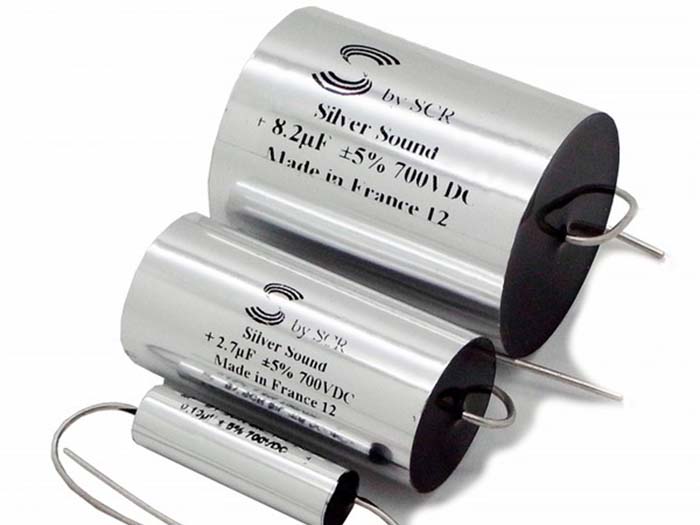
Heat Exchangers and Insulation
| Application Type |
Description |
| Heat Exchangers |
Employed for efficient heat transfer due to their exceptional thermal conductivity. |
| Insulation |
Acts as a reflective surface to manage and control heat flow, improving energy efficiency. |
Decoration and Art
| Application Type |
Description |
| Embossing and Printing |
The malleability of 1100 Aluminum Foil allows for intricate designs, popular in decorative and artistic fields. |
1100 Aluminum Foil Production Process
Stages of Production
| Stage |
Description |
| Alloying |
Raw aluminum is alloyed to meet the specific composition for 1100 Aluminum Foil. |
| Casting |
The alloy is cast into slabs, which are then rolled into thinner sheets. |
| Hot Rolling |
Sheets are hot rolled to achieve the desired thickness and enhance mechanical properties. |
| Cold Rolling |
Further refinement of thickness and surface finish through cold rolling. |
| Annealing |
Heat treatment to remove internal stresses and increase ductility, with a typical temper of O (Annealed). |
| Finishing |
The foil is cut to width and coiled for packaging and transportation. |
Surface Quality and Precautions
Surface Quality
- Finish Options: Bright or Matte, tailored to the specific needs of the application.
- Quality Control: Consistent quality checks to ensure the foil meets industry standards and customer expectations.
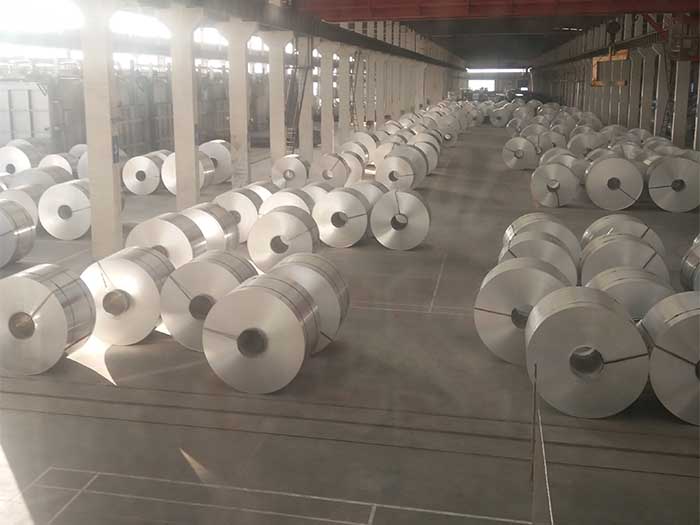
Precautions
| Precaution Type |
Guidelines |
| Handling |
Care must be taken to avoid scratches or damage to the surface finish during handling. |
| Storage |
Proper storage conditions are essential to prevent performance degradation due to corrosive environments or extreme temperatures. |
| Rolling and Forming |
Adhere to proper procedures to prevent cracking or surface defects when forming or embossing the foil. |
| Cleaning |
Use mild cleaning agents to maintain the integrity of the foil’s surface without causing damage. |
Frequently Asked Questions (FAQs)
- What is 1100 grade aluminum?
- 1100 grade aluminum is a high-purity aluminum alloy, primarily composed of aluminum (99.00% minimum), known for its excellent corrosion resistance and formability.
- What is the difference between 6061 and 1100 aluminum?
- 6061 aluminum is an alloy with added elements like magnesium and silicon, known for its strength and machinability. In contrast, 1100 aluminum is a high-purity aluminum with superior formability and conductivity but not heat treatable for high strength.
- Is 1100 a pure aluminum?
- Yes, 1100 aluminum is considered commercially pure, with a minimum of 99% aluminum content.
- What is AA1100 aluminum used for?
- AA1100 aluminum, also known as 1100 aluminum, is used in a variety of applications including food and pharmaceutical packaging, electrical components, heat exchangers, and decorative items due to its non-toxicity, formability, and thermal conductivity.
Aluminium foil is a thin, flexible sheet of metal that has many uses in various industries and homes. Some of the most common applications of aluminium foil are:
Food packaging:
aluminium foil protects food from moisture, light and oxygen, maintaining its freshness and flavor. It can also be used for baking, toasting, grilling and reheating food.
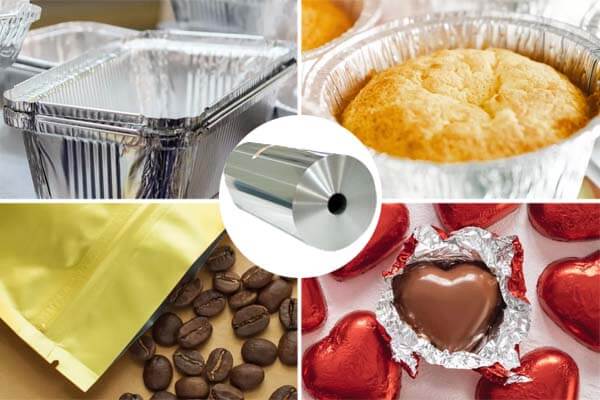
Application of aluminium foil in food packaging
Household:
aluminium foil can be used for a variety of household tasks such as cleaning, polishing and storage. It can also be used for crafts, art, and science projects.
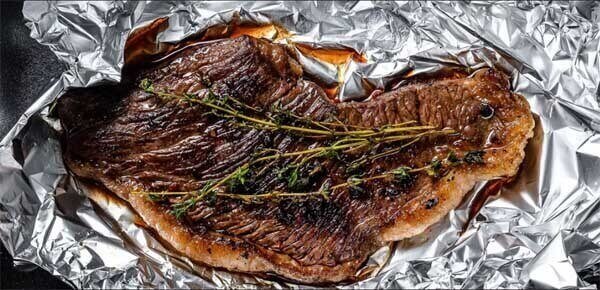
Household Foil and Domestic Uses
Pharmaceuticals:
aluminium foil can provide a barrier to bacteria, moisture and oxygen, ensuring the safety and effectiveness of medicines and pharmaceuticals. It is also available in blister packs, bags and tubes.
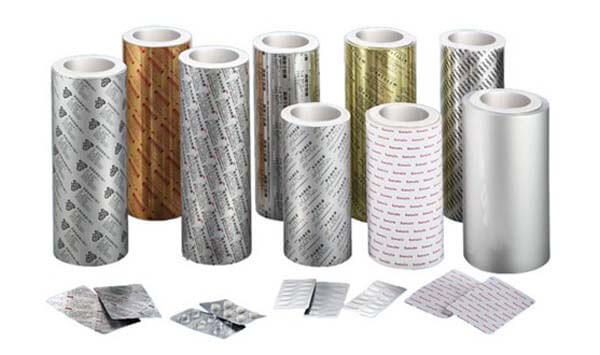
Pharmaceutical aluminum foil
Electronics:
aluminium foil is used for insulation, cables and circuit boards. It also acts as a shield against electromagnetic interference and radio frequency interference.
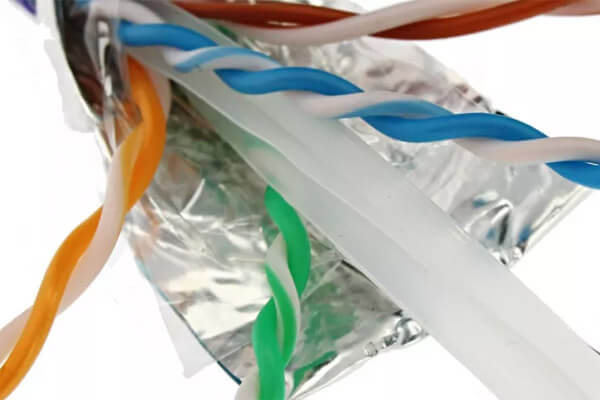
Aluminum foil used in insulation and cable wrapping
Insulation:
aluminium foil is an excellent insulator and is often used to insulate buildings, pipes and wires. It reflects heat and light, helping to regulate temperature and save energy.
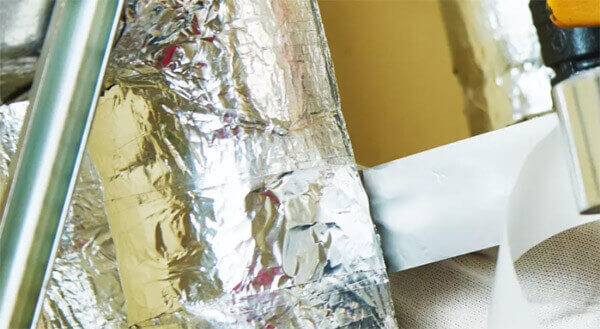
Alufoil for Heat Exchangers
Cosmetics:
aluminium foil can be used for packaging creams, lotions and perfumes, as well as for decorative purposes such as manicures and hair coloring.
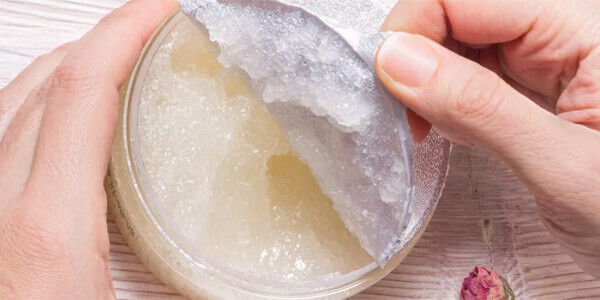
Alufoil for Cosmetics and Personal Care
Crafts and DIY Projects:
aluminium foil can be used in a variety of crafts and DIY projects, such as making ornaments, sculptures, and decorative ornaments. It is easy to shape and shape, making it a versatile material suitable for creative activities.
Artificial Intelligence (AI) Training:
In more high-tech applications, aluminium foil has been used as a tool to create adversarial examples to fool image recognition systems. By strategically placing foil on objects, researchers have been able to manipulate how artificial intelligence systems perceive them, highlighting potential vulnerabilities in these systems.
These are just a few examples of the many applications of aluminium foil in various industries and in daily life. Its versatility, low cost and effectiveness make it a widely used material around the world. In addition, aluminium foil is a recyclable and environmentally friendly material that reduces waste and saves energy.
Customization service for width, thickness and length
Huasheng aluminum can produce aluminium foil jumbo rolls with standardized outer diameters and widths. However, these rolls can be customized to a certain extent according to the customer’s requirements, especially in terms of thickness, length and sometimes even width.
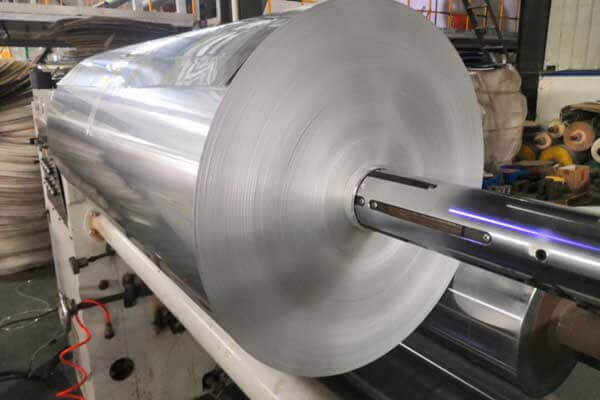
Quality Assurance:
As a professional aluminum foil manufacturer, Huasheng Aluminum will frequently conduct quality inspections in all production links to ensure that the original aluminum foil rolls meet the prescribed standards and customer requirements. This may involve inspection of defects, thickness consistency and overall product quality.
Wrapping:
The jumbo rolls are often wrapped tightly with protective materials such as plastic film or paper to shield them from dust, dirt, and moisture.
Then,it is placed on a wooden pallet and secured with metal straps and corner protectors.
Afterwards, the aluminium foil jumbo roll is covered with a plastic cover or a wooden case to prevent damage during transportation.
Labeling and Documentation:
Each package of aluminium foil jumbo rolls typically includes labeling and documentation for identification and tracking purposes. This may include:
Product Information: Labels indicating the type of aluminum foil, thickness, dimensions, and other relevant specifications.
Batch or Lot Numbers: Identification numbers or codes that allow for traceability and quality control.
Safety Data Sheets (SDS): Documentation detailing safety information, handling instructions, and potential hazards associated with the product.
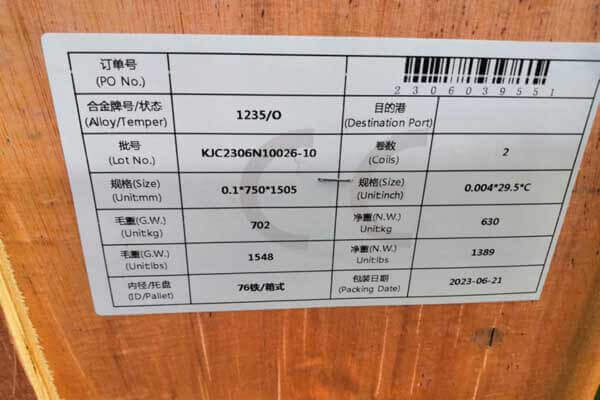
Shipping:
Aluminum foil jumbo rolls are typically transported via various modes of transportation, including trucks, railroads, or ocean freight containers, and the ocean freight containers are the most common mode of transportation in international trade.depending on the distance and destination. During shipping, factors such as temperature, humidity, and handling practices are monitored to prevent any damage to the product.
